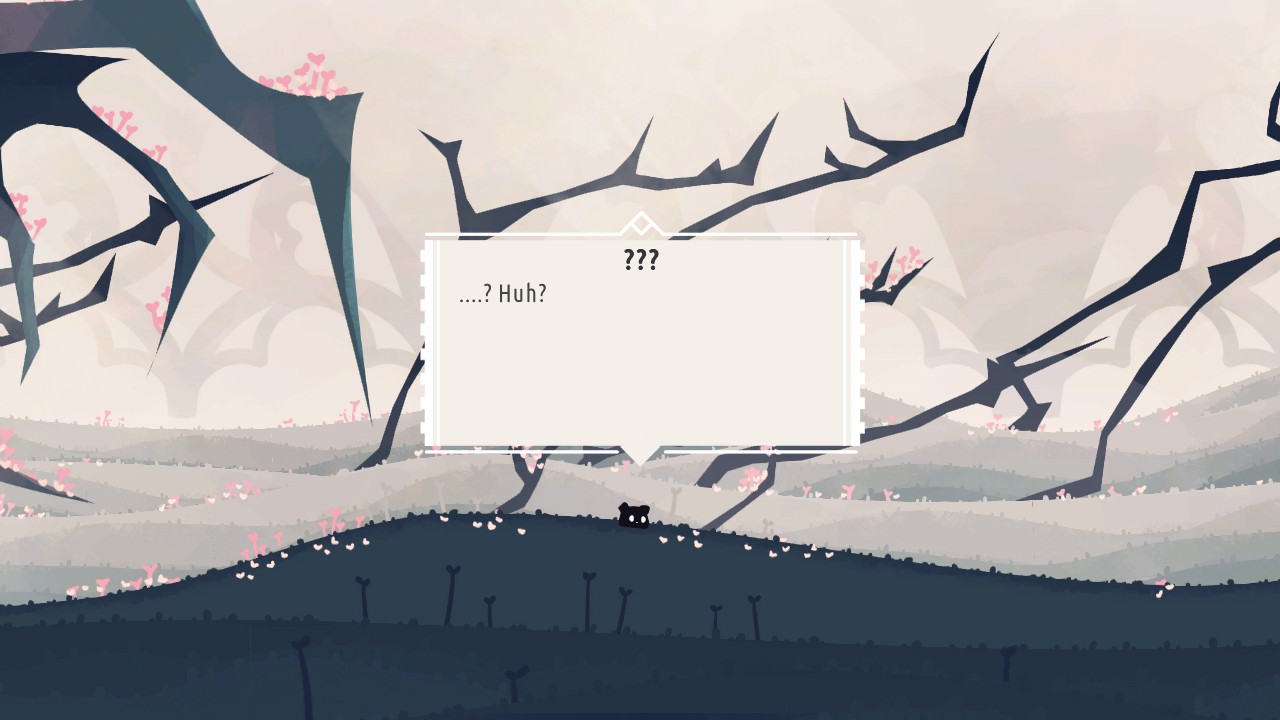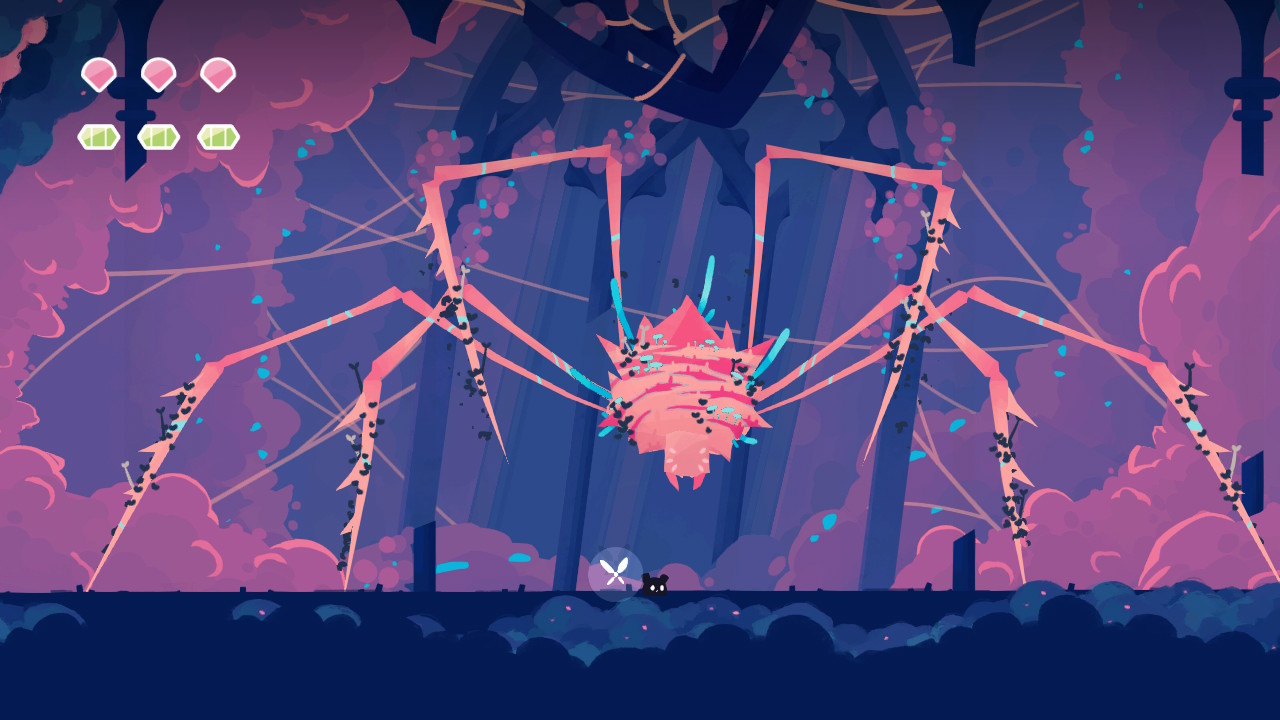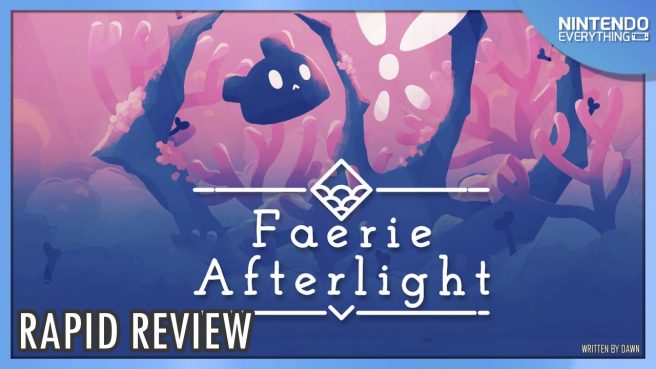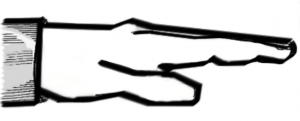[Rapid Review] Faerie Afterlight
System: Switch
Release date: September 28, 2023
Developer: Clay Game Studio
Publisher: Mastiff
There is an abundance of Metroidvanias on the Switch at this point, and it can be difficult to stand out from the crowd when some of the most critically acclaimed titles in recent years are your direct competition. Clay Game Studio’s Faerie Afterlight feels like a unique and noteworthy experience thanks to its truly stunning visual design and excellent terrain-based puzzle platforming, but ultimately falls short everywhere else, making it a hit-or-miss experience at best.
Faerie Afterlight tells the story of Kimo, an amorphous blob with no memories, and their fairy companion, Wispy, as they journey through the land of Lumina to gather six fragments to restore the balance to the world. The story takes place in small cutscenes, typically after defeating a boss, and there is some attempt to expand upon the lore through diary entries and other documents scattered across the land. However, there is very little world-building or character development to speak of, and I found it to be one of the least engaging parts of the game.

Faerie Afterlight describes itself as a 2D Metroidvania, although it lacks many of the conventions that define the genre and it is much closer to being a puzzle platformer. The path you’ll take through each biome to progress is entirely linear, and the only backtracking to be done in the game is to reach a different area that isn’t connected to the one you’re currently in, which makes the process feel more like a chore than a natural part of progression, especially considering there is a lack of an objective marker on the map. Outside of a few optional collectibles which require later abilities to reach, you’ll explore the entirety of an area on your first visit, and there won’t be any reason to go back once you’re done.
The game features very basic combat, but enemies are few and far between and are designed more to be used as tools in the terrain-based puzzles than they are as obstacles to overcome, posing no real threat to the player as they follow a set path, attacking with very basic projectiles if you get too close, but otherwise not interacting with you in any way. Boss battles are straightforward affairs, requiring you only to attack them a set number of times and evade their attacks, which follow a predictable pattern and don’t feel as though they were designed to test your developing skills, as most of them can be attacked as soon as you can get close enough and don’t have a specific weak point that requires the use of abilities you gained previously. Your low health and lack of ability to recover can make these feel particularly frustrating at times, as there is little room for error and some require very precise movement in order to overcome.

Much of your time in Faerie Afterlight will be spent navigating terrain-based puzzles, which is where the game is at its best. The solutions are always fairly obvious, and there is little room for creative thinking in how you go about it, but I always found them quite satisfying to work through, and the approaches that you’re required to take to progress only increases the further you progress, as you acquire new abilities (which are standard for the genre: double jump, dash, and so on) from defeating bosses. The game requires you to utilize your surroundings as well as your own abilities, as Wispy can possess enemies to assist you, manipulate platforms, and unlock shortcuts. Checkpoints are spaced very generously, which is something I grew to appreciate the further I progressed once platforming sections became more complex and demanding, incorporating all of the abilities I had gained previously. Although it feels gratuitous in the first two areas of the game, in the later areas it serves as an excellent anti-frustration feature.
Unfortunately I experienced numerous bugs and glitches, which ranged from annoying to debilitating. In the third area I had to mute all sound completely as the music and sound effects became unpleasantly distorted, and this didn’t resolve itself until I’d left the area. Bringing up a shop menu resulted in lines of code being displayed in the background on the menu which persisted even after exiting the shop, and I was actually unable to finish the game on my first playthrough due to a glitch that resulted in the door I needed to progress through locking itself again, and I was unable to re-open it. I also experienced some frame rate drops and input delay, resulting in some aggravating deaths during platforming sections: the game seems to struggle with processing larger areas, and towards the end it has these in abundance. There is a notable lack of polish here that can rear its head at the worst possible time, although it is hopefully nothing a patch couldn’t fix.
Faerie Afterlight is inspired by Indonesian philosophy and folk art, and has a truly stunning visual style, with crisp contrasting colors that pop out on the screen and make it easy to tell what you can interact with and what you can’t. While Wispy can be difficult to make out at times in lighter areas, Kimo always stands out despite their small size as a solid black blob. Each new biome is beautiful and brilliant, and I was consistently amazed by the scenery, which is composed mostly of simple shapes, but thanks to the high contrast offers a fantastic amount of detail. The music complements the scenery, being composed mostly of softer, more ambient tones that lack any sense of urgency and paint a calmer atmosphere – slightly at odds with the game’s story, but in keeping with its visual presentation.
The Verdict
Faerie Afterlight is a game that stands out for its unique visual design, but as the Metroidvania it claims to be, it feels like a half-finished experience with fantastic terrain-based puzzle platforming but a complete lack of content beyond that, and some frustrating bugs that make it feel distinctly unpolished. If you’re looking for a puzzle platformer and don’t mind the occasional boss battle interrupting the experience then this is a game you might enjoy, but if you’re looking for a more traditional Metroidvania experience that balances platforming with combat and encourages and rewards exploration, this is a game best avoided.

